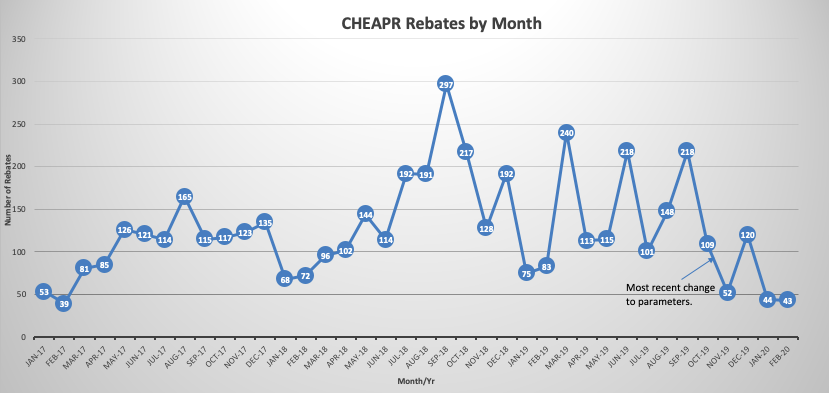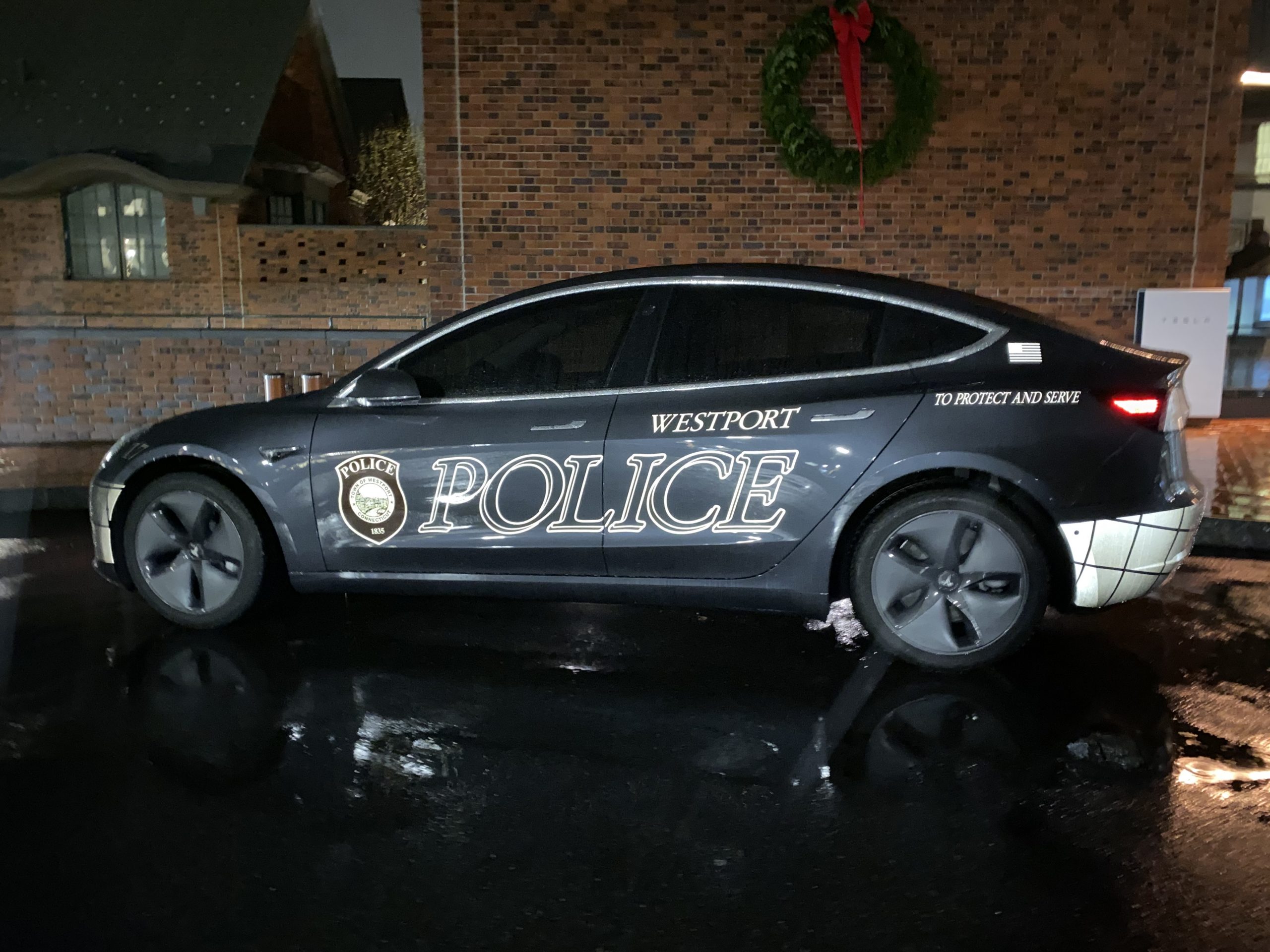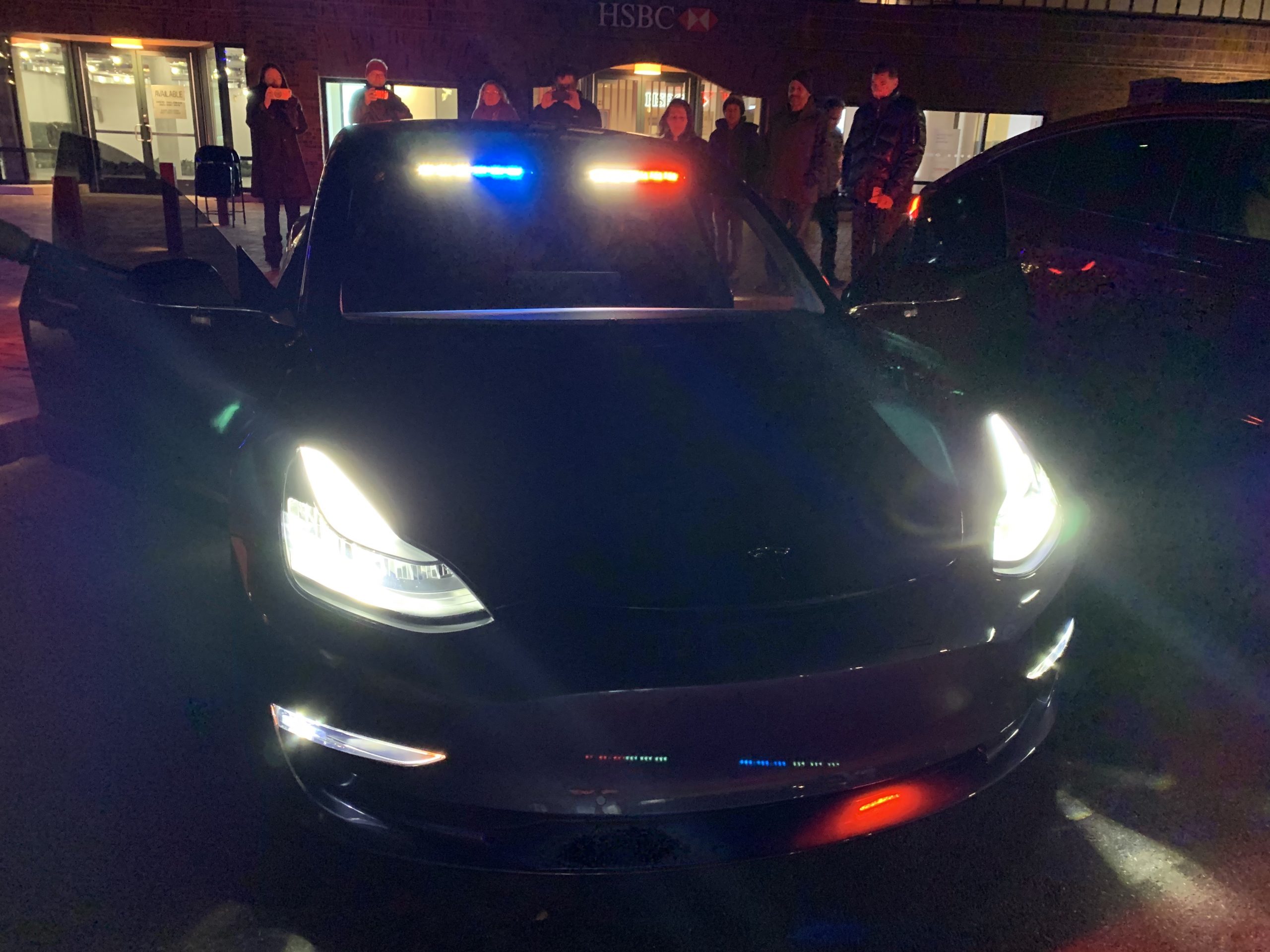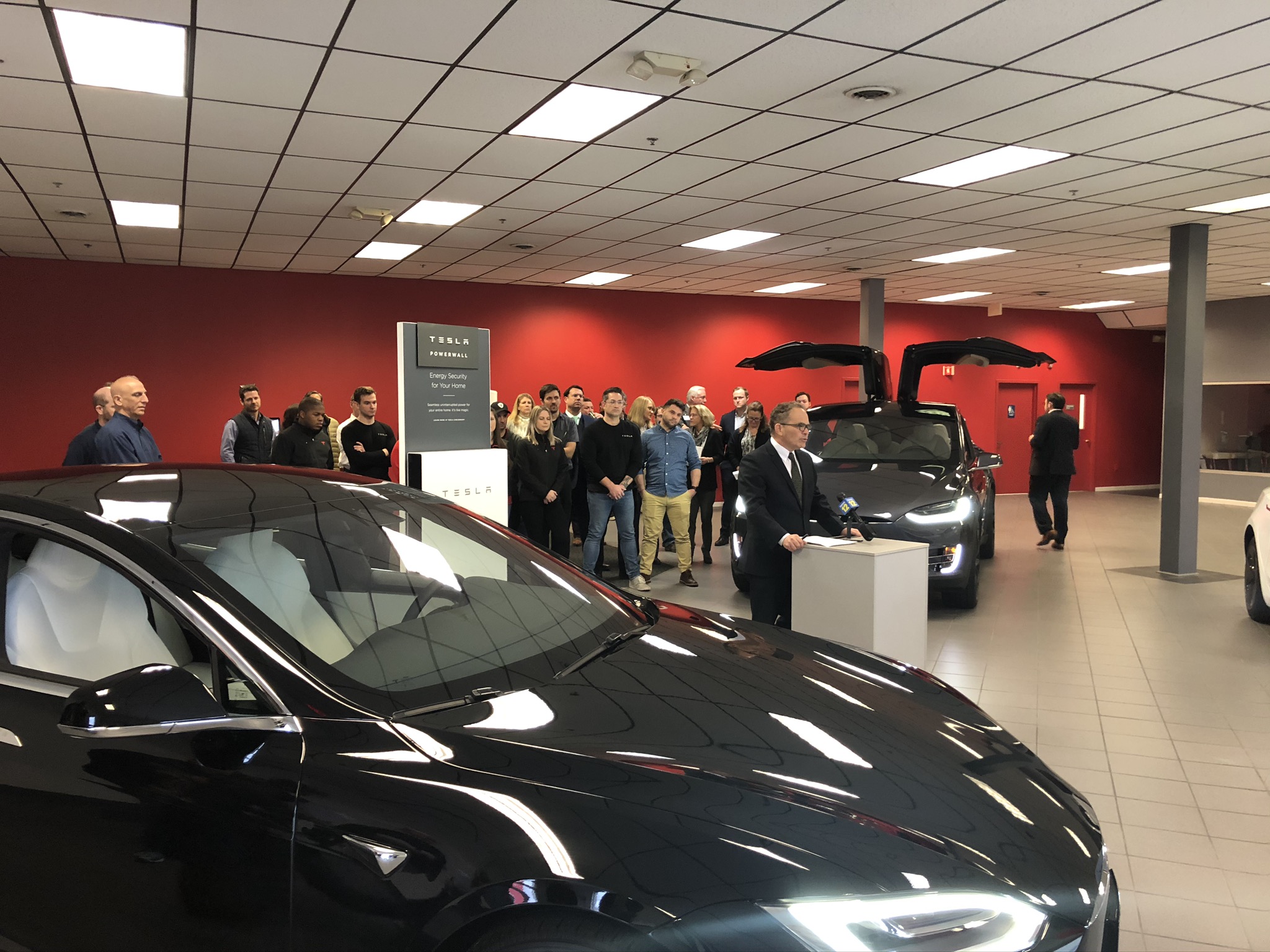CHEAPR Rebates Continue at Slow Pace – May Update
CHEAPR Rebates Continue to Crawl – Revised Guidelines Needed UPDATE: CHEAPR Board Meeting Scheduled for July 17th. CHEAPR recently published updated stats through May 30. The recent trend continues. May rebates totaled 25. The breakdown … Read more









